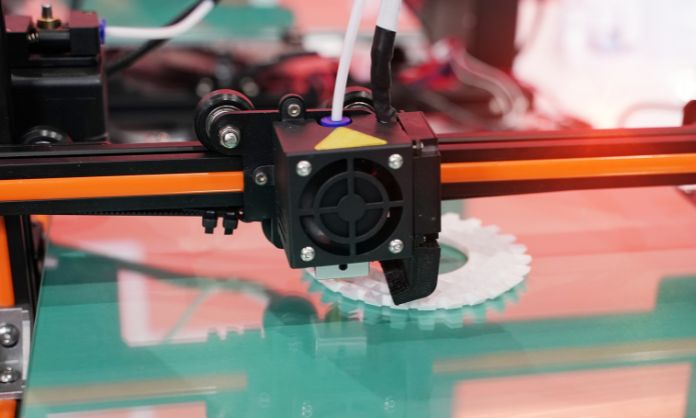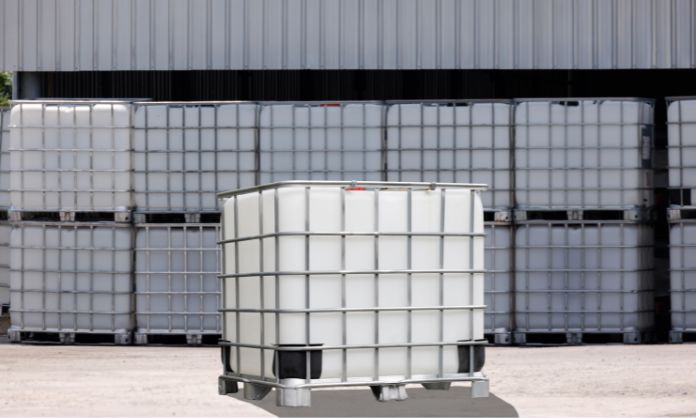
In the world of 3D printing, there are plenty of filament types that you can use. However, to ensure the quality of your print, you should strive to use the best filaments possible. These filaments have different features that add a lot of desirable characteristics to your print, which may help it in the long run. To help you stay away from lower-quality printing filaments, review these top tips for identifying low-quality filaments and learning how to avoid them.
They Don’t State a Suggested Printing Temperature
One of the first indicators to help you identify low-quality printing filament is that they don’t suggest a printing temperature on the box. This is the most basic information that a manufacturer should include on their product; it is tantamount to the instructions for usage. As such, if you ever encounter a filament that doesn’t explicitly state a printing temperature range, you can assume that it is a lower-quality filament.
They Do Not Utilize Any Additives in Their Filament Formula
Another sign of low-quality filaments is products that do not utilize any additives. When used in a polymer formula, additives will help promote different types of physical characteristics. If a filament lacks these additives, it means it will not possess the physical characteristics that make the filament desirable in the first place. Some features to look for in these additives include temperature resistance, shock resistance, and heat conduction.
It Comes in Packaging That Is Not Moisture Resistant
If you come across a printing filament that is not wrapped in a moisture-resistant package, you know you have encountered a low-quality printing filament. Printing filament is naturally hydrophilic, which means it can easily absorb water through the atmosphere and through absorption. As such, if your printer filament is not in moisture-resistant packaging, it is more likely to be bad after being exposed to moisture during the shipping process. This is one of the major downsides of 3D printing in general. If you need a part to be water-resistant, we suggest choosing machining over printing.
We hope you have enjoyed this overview of the top tips to help you identify low-quality printing filament. We suggest avoiding these filaments all costs, as they will not do their part to turn out amazing prints. In fact, they will all but guarantee that your prints are substandard.







